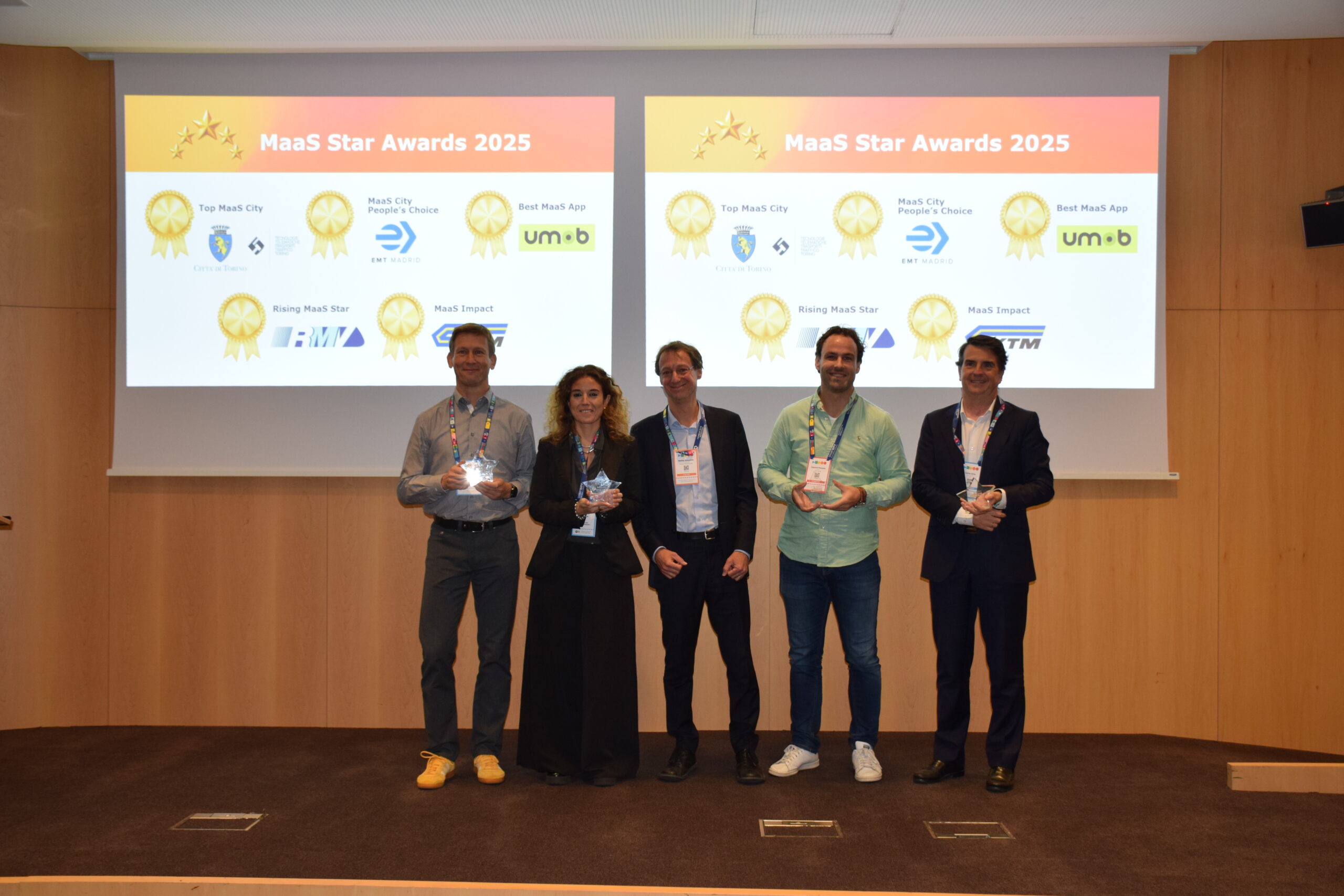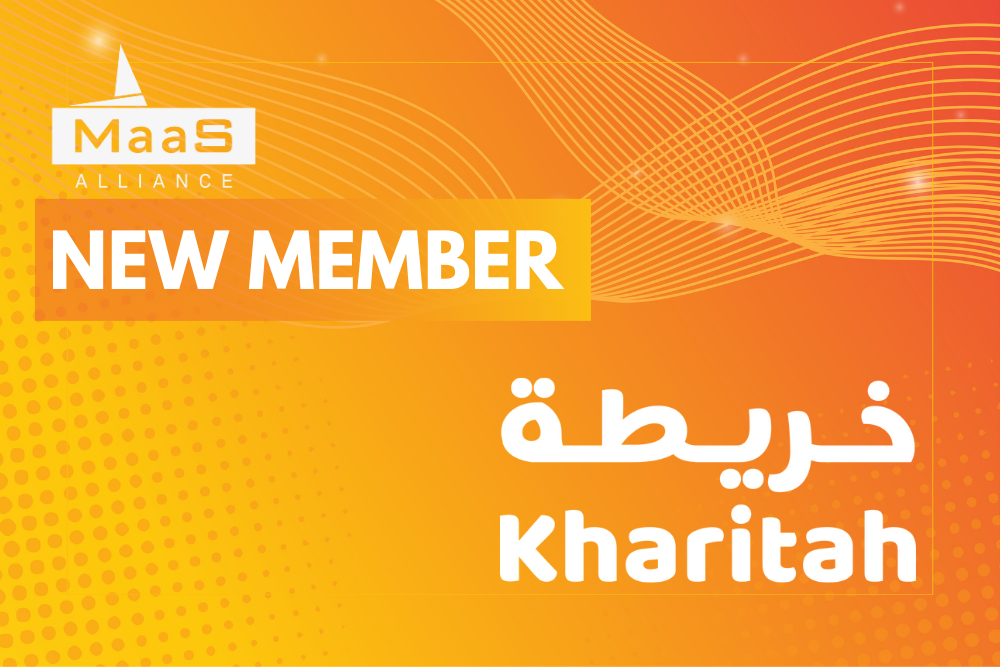[Piia Karjalainen, Senior Manager at the MaaS Alliance, talks to TaaS Technology Magazine about how we create an ecosystem of integrated mobility services.]
The Mobility as a Service (MaaS) sector is expected to grow to a business worth over one trillion euro by 2030. All over Europe, MaaS initiatives are planned or starting up and the MaaS Alliance helps these to cooperate by engaging service providers, transport operators, public authorities and users in order to create a vital and interoperable MaaS ecosystem to fulfil high expectations.
Established at the ITS World Congress in Bordeaux in 2015, the MaaS Alliance is a public-private partnership working to establish foundations for a common approach to MaaS, and to unlock the economies of scale needed for successful implementation and uptake of MaaS in Europe and beyond. The main goal of the Alliance is to facilitate a single, open market and full deployment of MaaS services. To support the development of MaaS, the MaaS Alliance published a set of guidelines and recommendations to create the foundations for a thriving MaaS ecosystem as its White Paper in September 2017. The White Paper provides definitions for the main elements of MaaS and identifies some of the main preconditions and the main principles of the ecosystem.
What is MaaS?
Mobility as a Service (MaaS) is the integration of various forms of transport services into a single mobility service accessible on demand. So MaaS is a service promise, or more precisely, it is an access promise. For the user, MaaS offers added value through the use of a single application to provide access to mobility, with a single payment channel instead of multiple ticketing and payment operations. To meet a customer’s request, a MaaS operator facilitates a diverse menu of transport options, be they public transport, ride-, car- or bike-sharing, taxi, car rental or lease, or a combination thereof. A successful MaaS service also brings new business models and ways to organise and operate the various transport options, with advantages including access to improved user and demand information and new opportunities to serve unmet demand for transport operators. The aim of MaaS is to be the best value proposition for its users, providing an alternative to the private use of the car that may be as convenient, more sustainable, and even cheaper.
User-centric, customer-centric, market-centric
A fundamental principle and core motivation behind the deployment of MaaS is that MaaS is a user-centric, customer-centric, market-centric proposition within a societally grounded context. MaaS aims to become the best value proposition for both private and business users, by helping them meet their mobility needs and solve the inconvenient parts of individual journeys, as well as to improve the efficiency of the entire transport system. The aim of MaaS is to offer more choices, more freedom and more certainty to the end users. Therefore we should stop talking about changing the consumers’ behavior and instead steer the development from the supply side by creating attractive but sustainable options. Restricting the consumers’ freedom of choice will not be the winning solution.
Added value builds on open data and interoperability
The development of the MaaS market will rely on access and openness of data, open APIs (Application Programming Interface) and more flexible transport and mobility regulations. When defining regulatory principles for a digitalized transport system, it is imperative to encourage the participation of all market players – both existing and new players – and avoid stifling innovation. IT technologies developed for MaaS should support both commercial-interest-driven and public-service types of MaaS deployment, even though the business models and interests behind them may vary.
Open IT architectures and standardised sub-element features, such as payment, ticketing, authentication and security, will enable the development of the MaaS market. In addition to open standards, an imperative requirement is a high quality of the data being exchanged. In terms of regulatory measures, the emergence of new mobility services can best be achieved by supporting access to the transport market and encouraging data sharing. An interesting example of a brave and modern regulatory approach is Finland’s Act on Transport Services, which will enter into the force in January 2018 (https://www.lvm.fi/en/-/act-on-transport-services-955864), creating a revolutionary multimodal regulatory framework for the provision of transport services and data sharing.
Open, inclusive and sustainable
While designing and establishing the MaaS ecosystem, the principles of openness and inclusivity should be fully respected, meaning that the ecosystem should be open to all service providers and inclusive of all different kinds of users, including persons with reduced mobility or disabilities. In order to build attractiveness and public acceptance for MaaS services, the whole value chain should be carefully and inclusively designed to meet the high expectations related to ecological and financial sustainability.
Roaming of services
In the context of MaaS, roaming is defined as the ability of a MaaS customer to access (including payment of) mobility services in markets other than his/her own, regardless of whether these mobility services are purchased in a package or as individual trips. Roaming brings additional benefits to MaaS customers by enabling seamless provision and use of integrated mobility services, providing attractive alternatives to the individually owned passenger vehicle.
Roaming of the MaaS services, from city to city and across borders, is one of the key elements for the success of MaaS. By enabling service roaming we ensure not only quick scalability but more importantly unprecedented usability for end-users. Given that people already cross European borders with their vehicles, it is important to allow them that same freedom of movement without vehicle ownership. As a starting point, the scope of roaming should cover at least the whole European market area, but eventually the target will be the global roaming of mobility services. In the telecommunications industry, roaming is made possible through providers who have reached cooperative agreements and it is worthwhile to learn from the experience from the telecom industry, regarding both regulatory and self-regulatory measures. In this context, MaaS can be referred as an “over-the-top” service of transportation, similar to Netflix, Spotify and WhatsApp, reforming completely the way services are provided and consumed.
This article is available in the first edition of the TaaS Technology Magazine here.



